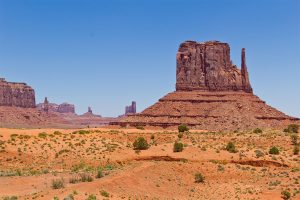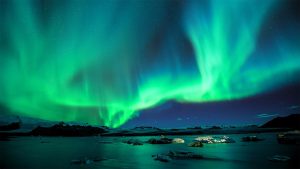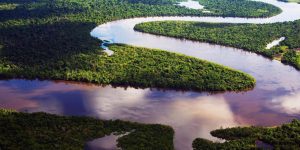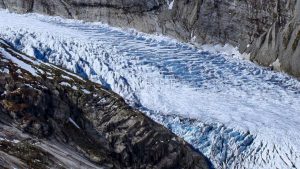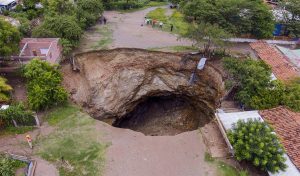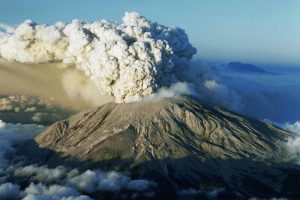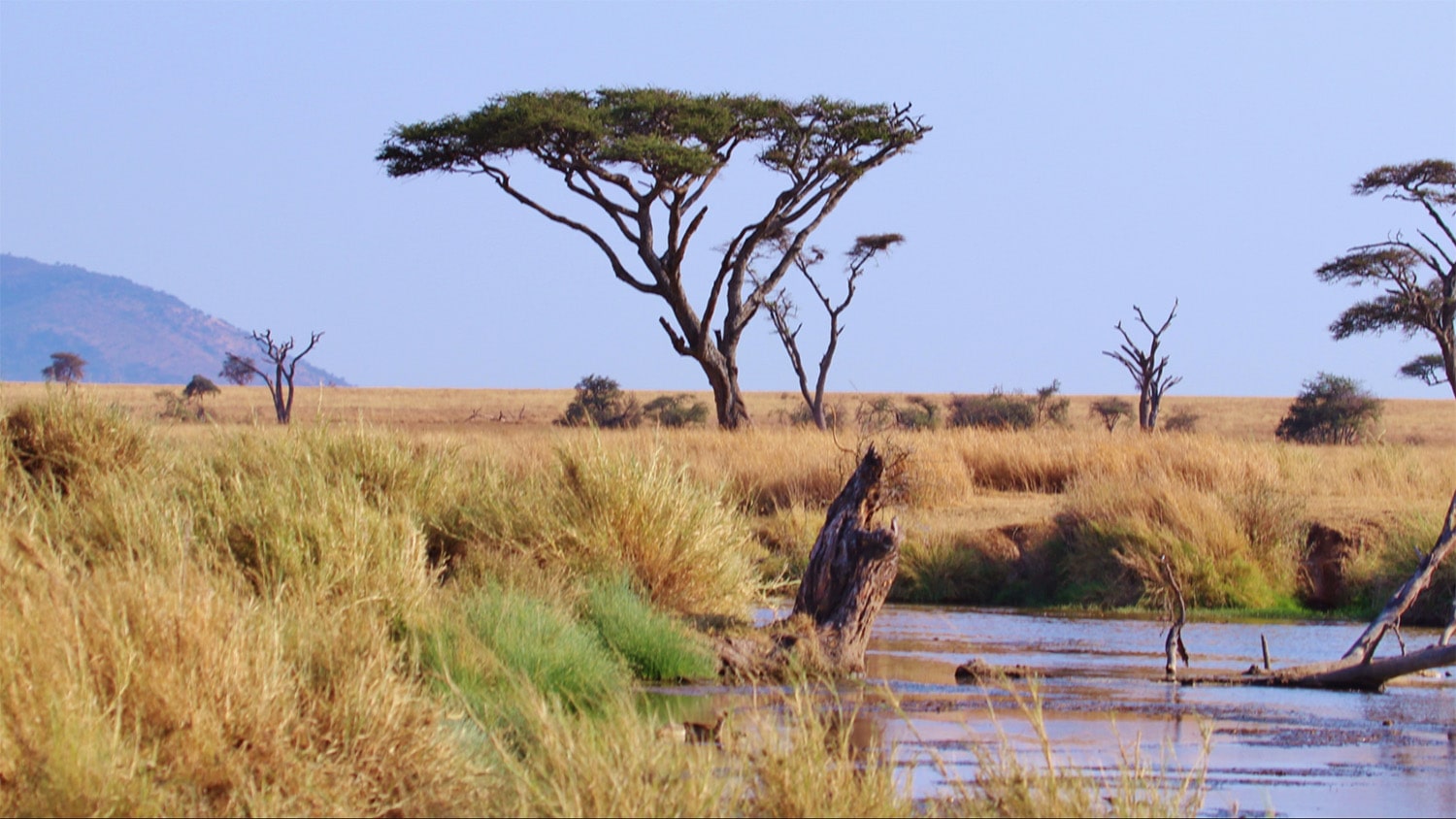
23 interesting facts about Serengeti ecosystem
- 👁️ 934
The Serengeti ecosystem, a geographical region located in northern Tanzania and extending to southwestern Kenya, is one of the most spectacular natural landscapes on the planet. It is renowned for its vast, open plains, rich wildlife, and the dramatic, annual migration of millions of wildebeest and other grazing animals. This ecosystem is a complex web of interconnected elements that support a diverse array of life forms, making it a focal point for scientific research and conservation efforts. The Serengeti’s unparalleled biodiversity and its importance to the global environment have captivated scientists, conservationists, and tourists alike. Here are 23 interesting and informative facts about the Serengeti ecosystem that highlight its uniqueness and significance.
- The name “Serengeti” is derived from the Maasai language, meaning “endless plains.”
- The ecosystem covers approximately 30,000 square kilometers (12,000 square miles).
- It includes the Serengeti National Park, which is a UNESCO World Heritage Site.
- The Great Migration is the largest terrestrial mammal migration in the world, involving over 1.5 million wildebeest, 200,000 zebras, and thousands of gazelles.
- The migration follows a predictable annual pattern, dictated by rainfall and grass growth.
- The Serengeti is home to the “Big Five”: lion, leopard, African elephant, African buffalo, and rhinoceros.
- It hosts over 500 bird species, making it a paradise for birdwatchers.
- The ecosystem’s landscape is varied, consisting of savannah, grassland plains, riverine forests, and woodlands.
- Termite mounds in the Serengeti can reach heights of up to 5 meters (16 feet).
- The Serengeti’s soil fertility is maintained by the dung of the millions of migrating animals.
- Crocodiles in the Grumeti River prey on wildebeest and zebra during the migration.
- The area is known for its large population of predators, including lions, cheetahs, and hyenas.
- Kopjes, large rock formations, dot the landscape, providing habitat for a variety of species.
- The ecosystem is threatened by human activities, such as poaching, habitat fragmentation, and climate change.
- The Serengeti’s climate is characterized by distinct wet and dry seasons.
- Fires, both natural and man-made, play a crucial role in maintaining the grassland habitat.
- The Ngorongoro Conservation Area, part of the Serengeti ecosystem, is home to the indigenous Maasai people.
- Research in the Serengeti has contributed significantly to our understanding of ecosystem dynamics, predator-prey relationships, and conservation biology.
- The wildebeest calving season occurs in February and March, attracting numerous predators.
- The Serengeti Lion Project, established in the 1960s, is one of the longest-running wildlife studies in the world.
- Ancient human footprints estimated to be over 3.6 million years old were found in Laetoli, part of the Serengeti ecosystem.
- The region’s acacia trees are iconic symbols of the African savannah landscape.
- Efforts to create a wildlife corridor to link the Serengeti with Kenya’s Maasai Mara National Reserve are ongoing to ensure genetic diversity and the long-term survival of migratory species.
The Serengeti ecosystem stands as a monument to the natural world’s beauty, complexity, and resilience. Its vast landscapes and the dramatic unfolding of life cycles within it continue to draw attention from around the globe. The ongoing conservation efforts highlight the importance of protecting such unique habitats for future generations. The Serengeti not only offers invaluable insights into the natural world but also serves as a reminder of our responsibility to preserve the planet’s biodiversity.



